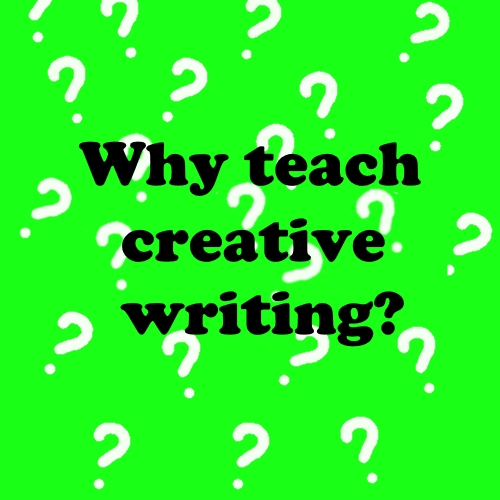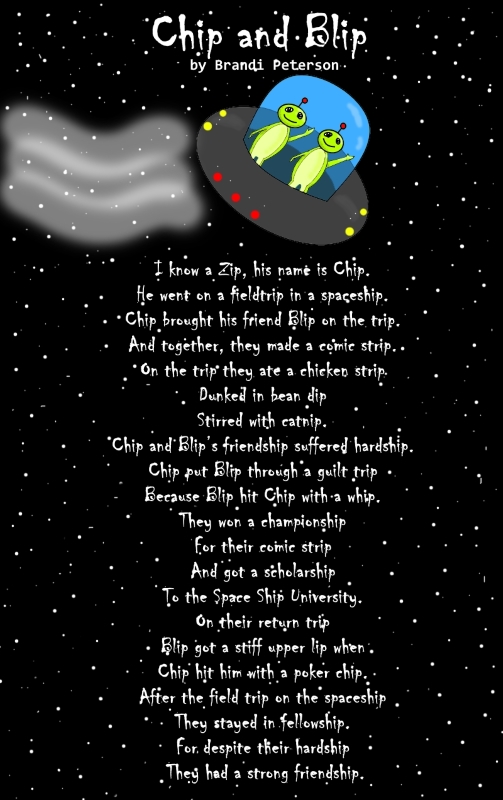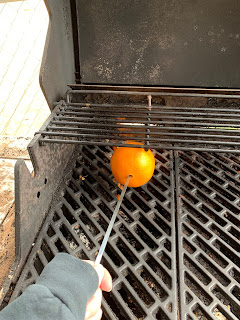Does Creative Writing Belong In The Classroom?
Why should you teach your students creative writing?
During most of our school days, the main push and focus is
Math, Science, Reading, and Social Studies. But, what about writing? And some
may argue that kids are able to do plenty of writing during the course of their
other subjects so adding writing as a separate subject might seem unnecessary.
That may be because they do not understand the value creative writing has and
how it can actually enhance a child’s ability to learn the other subjects.
Okay, now really, how can “Once upon a time…” really help a
kid with math or science? Good question! I’m glad you asked! The answer lies in
the creative writing process itself which not only allows a writer to bring a
story together, but also to train their mind to organize and process data.
The Creative Writing Process (in a nutshell):
- Brain Storm
- Draft
- Revise
- Edit
- Publish
During brain-storming, young writers are often encouraged to
create a flow chart that represents their ideas, characters, plot, scenes, etc.
This type of planning helps a student make connections in their own mind while
they are making the connections on paper. When the brain is able to make such
connections, in one area, it often trains itself to make similar connections in
other subjects such as math. As an example, you could expect that students would
get better at solving story problems in math as their mind is more easily able
to connect important points together.
Next there is the draft, which is when you take all those
connections made during a brain storm and you have to then organize them into
coherent sentences. The mind has to go from one form of organization into another
form. This activates the part of the brain that analyzes and processes one form
of data into new information. You could expect this to also help students in
science as they are just learning to make observations and record information
in a journal.
Then there is revision. After a first rough draft is made, a
student must revise their draft and rewrite it to separate it out into complete
paragraphs, making sure the story has a definite beginning, middle, and an end.
Oftentimes, students are encouraged to peer-review each other’s stories. Reading
someone else’s work in order to help them be a better writer very obviously increases
reading fluency, comprehension, and grammar for the reader.
Editing: Once the writer is satisfied with their story, the
work must go through final editing. This can be done again with the help of a
fellow student. The editing process also reinforces reading and grammar
literacy.
Publishing: Although not every student story get’s
officially published, learning about the publishing process can help students
gain an understanding in how businesses market their products and make them
available for sale.
If creative writing is not already part of your classroom
curriculum, I would highly encourage you to work in some time for your kids to
learn and participate in the writing process as often as possible because it is
all around beneficial for their education in general.
If you need some resources on how to get started
implementing creative writing in your classroom, be sure to follow my blog for
fun new writing assignments. You can also check out the following links which I
have also found to be helpful:
- http://www.sylvanlearning.com/blog/index.php/5-ways-to-help-your-child-become-a-better-creative-writer/
- https://writeshop.com/plan-story-writing-kids/
- http://www.creativewriting-bg.com/assets/HOW-TO-TEACH-CREATIVE-WRITING.pdf (This is a pdf guide for parents and teachers for teaching the creative writing process to students.)




Comments
Post a Comment